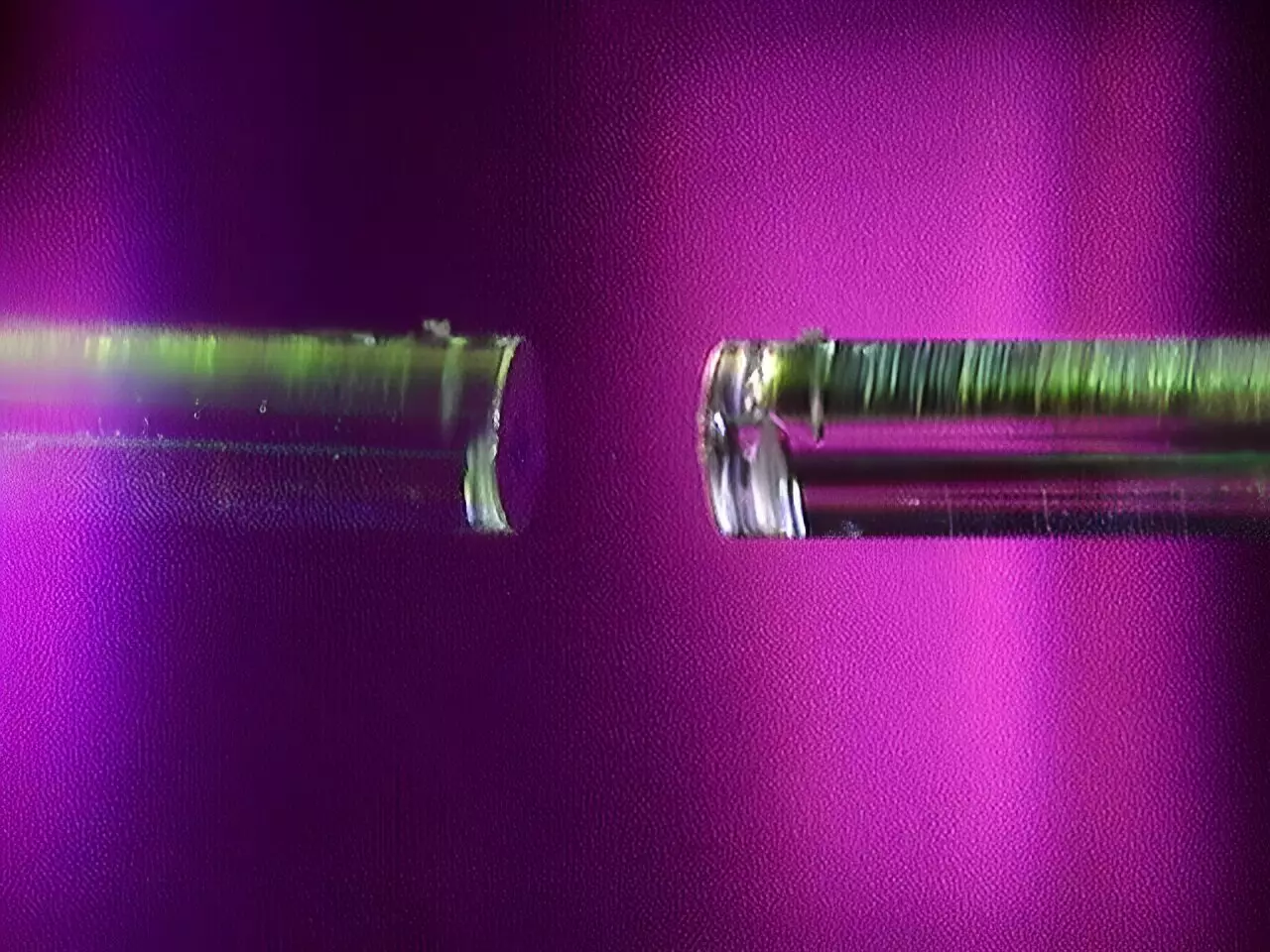In the vast landscape of scientific progress, few advances promise as much transformative potential as the ability to observe individual molecules in their natural state. The recent breakthrough by researchers at the University of Wisconsin–Madison signifies a seismic shift in molecular science. By developing the most sensitive label-free detection method to date, they have opened an unprecedented window into the microscopic world, paving the way for groundbreaking innovations in medicine, material science, and beyond.
This new technique challenges long-held assumptions about the limitations of molecular observation. Traditionally, scientists relied on fluorescent labels—markers that attach to molecules and illuminate them under specific conditions. While useful, these labels often alter the very molecules they aim to study, introducing biases and artifacts that compromise the accuracy of the observations. Here lies the brilliance of the UW–Madison team’s solution: a method that perceives molecules as they truly are, without interference, capturing their behaviors with remarkable clarity. This progression not only broadens scientific understanding but also sets a new standard for precision in molecular research.
Harnessing Photonics for Superior Detection
The core of this innovative approach revolves around a sophisticated optical microresonator—sometimes called a microcavity—a device traditionally associated with physics and electrical engineering. Its unique design enables it to trap and manipulate light at the nanoscale, creating an environment where interaction with a single molecule becomes detectable. Imagine a tiny chamber, a few micrometers across, built with mirrors so perfect that light bounces within it millions of times in just nanoseconds. When a molecule enters this microcavity, it subtly alters the light’s behavior, signals that are so sensitive they betray its presence immediately.
What makes this breakthrough particularly compelling is the ability to infer detailed information such as the molecule’s shape, dynamics, and conformational states—all without using any labels. This label-free detection is akin to seeing a person’s true expression without the influence of makeup or disguises. For biomolecules—such as proteins and DNA—this level of insight is invaluable. Understanding their natural conformations and interactions is crucial for drug development where the effectiveness of a medication hinges on its ability to bind correctly and induce the appropriate biological response.
Moreover, the technology’s rapid detection capabilities—potentially delivering answers within seconds—could revolutionize fields where speed and accuracy are paramount. For example, in pharmacology, quickly determining how a new drug interacts with its target protein could accelerate the pipeline for developing life-saving medications. Similarly, material scientists could analyze nanoscale interactions in real-time to engineer stronger, more efficient materials.
Breaking Barriers and Opening New Frontiers
The significance of this development extends beyond mere technical prowess. It embodies a philosophical shift in scientific methodology, from approximation to precision. For decades, researchers have grappled with the challenge of peering into the molecular world without disturbing it. The conventional reliance on labels often forced compromises, limiting the scope of inquiry and sometimes misguiding interpretations. The UW–Madison method circumvents these pitfalls, offering a near-authentic perspective that is both fast and comprehensive.
This technique’s potential applications are breathtaking. In medicine, it could enable real-time monitoring of molecular interactions within living cells, shedding light on diseases at their roots. Imagine being able to observe, at the single-molecule level, how a drug penetrates a cell membrane or how proteins misfold in neurodegenerative conditions, all without invasive procedures. Such insights could lead to more targeted and efficient therapeutic strategies.
From an industrial standpoint, the approach could dramatically enhance the design of new materials, allowing engineers to observe how molecules assemble and interact at a fundamental level. This knowledge might lead to the creation of materials with unprecedented properties—superconductors, ultra-strong polymers, or highly selective catalysts—ushering in an era of innovation fueled by atomic-level understanding.
Of course, with all groundbreaking innovations come obstacles. The microcavity devices, while powerful, require meticulous manufacturing and delicate operation. As research progresses, refining these systems for robustness and scalability will be crucial. However, the promise they hold far outweighs these challenges, especially given the keen minds involved and their track record of interdisciplinary ingenuity.
Vision for the Future: A Paradigm Shift in Molecular Science
The pursuit of understanding matter at its most fundamental level is a timeless quest, one that defines the trajectory of scientific evolution. The development of label-free, ultra-sensitive detection methods signals a new chapter—one where the integrity of molecules is preserved, and their behaviors are observed with unparalleled fidelity. This shift toward genuine, unaltered observation heralds not just incremental progress but a comprehensive reevaluation of how we interrogate the microscopic universe.
In my view, this breakthrough underscores the importance of innovation at the intersection of disciplines. By melding concepts from optics, chemistry, and physics, scientists are breaking down traditional silos to solve complex problems. It reminds us that the future of science depends on such integrative thinking—seeking elegant solutions that transcend conventional boundaries.
As these emerging tools mature, they will inevitably influence countless fields, fostering discoveries that were once thought impossible. The ability to peer into the molecular world with such precision and speed could transform drug discovery, materials engineering, and biological research, ultimately leading to more effective therapies, smarter materials, and a deeper understanding of the universe’s fundamental architecture. This is truly a milestone that positions human ingenuity at the forefront of unraveling nature’s deepest secrets.


Leave a Reply